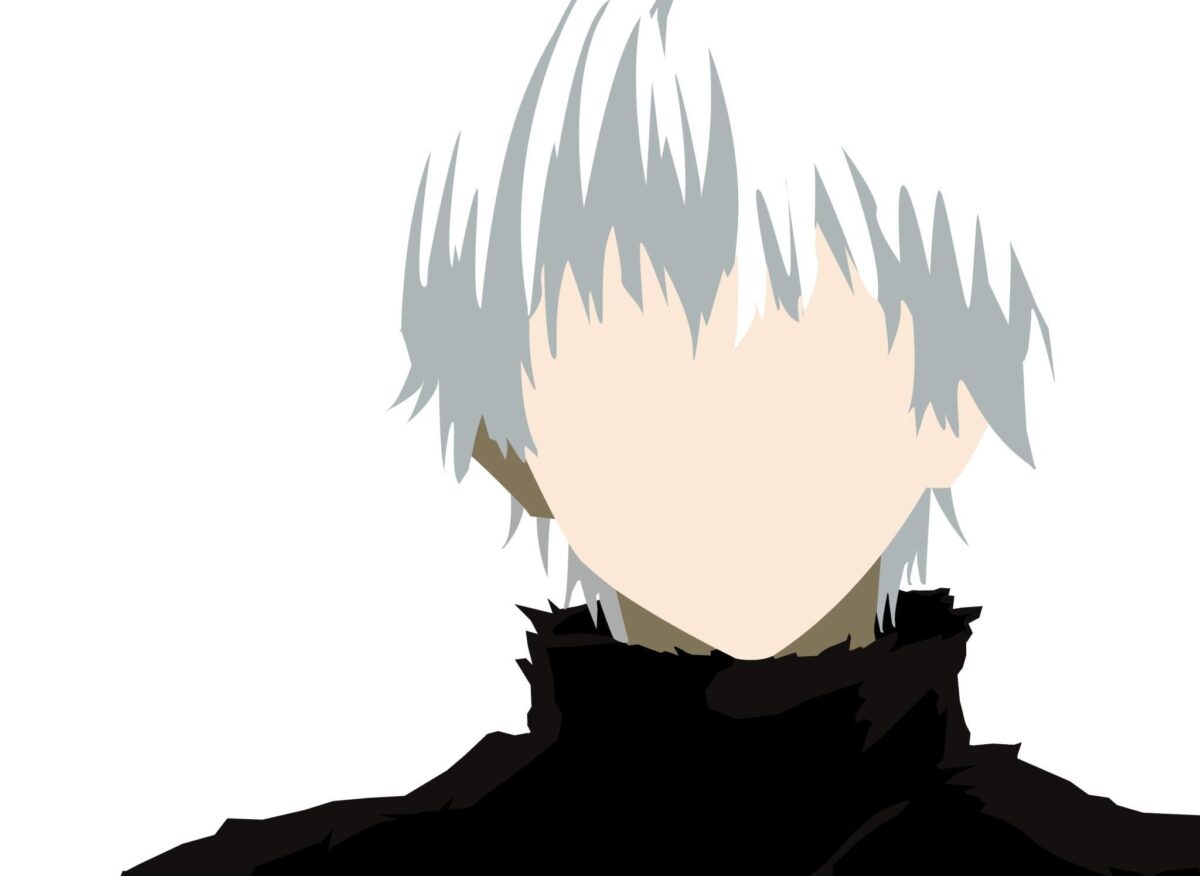Characters in books are often perceived as mere creations of an author, brought to life only by the words on a page. However, this view limits the true essence of what book characters represent. Books transcend the confines of their stories; they possess a life of their own, shaped by the interaction between the author’s intent, the reader’s imagination, and the broader cultural context in which the story is received.
Characters as Independent Entities
While an author creates and defines characters, giving them names, backgrounds, and roles within a story, these characters often take on a life of their own. They can grow beyond the boundaries set by the author, becoming more complex and multi-dimensional as the story unfolds.
Consider the following example:
The Boy thinks he knows the Girl. He believes he has met her in another story and says:*
Boy: Don’t go, or you’ll disappear. I’m in a role where I move from one world to another.
Girl: A role?
Boy: Exactly, a role. At first, I didn’t know who you were, but now I realize you came from another story. Today I exist, tomorrow I might be, and another day I might not be. From what I remember, the first time I appeared was during the last Qin dynasty as the heir of a traditional Chinese family of doctors. I embarked on a series of adventures—risking, fighting, and living life. This story has no end. When I woke up, I started another story, but from the second one onward, I became like a spectator; I couldn’t do anything.
At first, I didn’t understand what you were telling me. I thought you were like me, a spectator in all the stories. I’m a character in a book who can only be a silent guardian, watching helplessly as the protagonists find happiness. I’ve seen it happen over and over again. The main characters joyfully embrace their happy ending. The story ends, and then they disappear—no one knows where they go.
I’ve never had my own ending: if I can’t have a finale of my own, why can’t I be like you and fight for what I want? I’ve realized I don’t have to do what the writer decided. Come with me into a different story, so you won’t disappear… We could live as ourselves, forever in different books.
Girl: But I’m real…
Boy: Turns back and leaves…

This exchange highlights the tragedy of characters in books: they have no freedom. They are forced to follow the actions and plot decided by the writer, even if they would prefer a different story.
Characters and Cultural Influence
Here are some examples that reflect this idea:
In Luigi Pirandello’s *Six Characters in Search of an Author,* six characters ask a director to represent them so they can live. Abandoned by their writer, they appear on stage and begin to live by telling their story.
In Woody Allen’s *The Purple Rose of Cairo,* the main character tries to live without the writer’s imposition. He steps off the screen and weaves a love story with one of his devoted spectators, thus living a life—short, but a life “chosen” by him and not as a spectator. He can decide his own ending, forgetting about the author. These characters don’t disappear; they remain alive in the minds of readers, who can choose whether to let the characters live a different ending. They craft their own story, without the imposition of the writer, choosing their development and their ending. They are the authors of their lives, not mere spectators.
The reader can interpret the story as she or he wishes, but the protagonist can decide whether to win or lose. They have free will, but what choice does a character have within a book? The writer decides for them, and the character gradually fades away… only to be reborn in a different story, as a spectator.
In Ernest Hemingway’s *The Old Man and the Sea,* Hemingway decided that Santiago, the protagonist, would not emerge victorious from the challenge. But as a reader, you can choose otherwise. The marlin dies at the hands of the other fish that devour it, but Old Santiago has still won; the next day, he will go fishing again. You, the reader, can let the marlin live. He has a voice and can determine the end of the story, ensuring he doesn’t disappear.
In Italo Calvino’s *The Cloven Viscount,* Calvino initially leaves you with a choice: will the good side or the bad side win? And so our protagonist, Medardo, lives with us; he isn’t enslaved by the author because the reader can favor the good side or the bad. In this way, Medardo can live a story not entirely dictated by the writer and doesn’t fade away into the written pages of the book.
In Leo Tolstoy’s *Anna Karenina,* the character can choose to live and not take her own life, continuing to fight against aristocratic Russian society. In this way, Anna has a life beyond just the role of an unfaithful woman who dared to oppose the expectations of women in 19th-century society.
Characters “Taking Over” Their Stories
These characters can “take over” the story, making decisions that the author had not planned. The idea is that once a character is created, they can develop a life independent of the author’s original vision. Of course, readers play a crucial role in bringing book characters to life and making an agreement with them about the development and ending of the story. Through the act of reading, characters move from the abstract world of the text into the reader’s consciousness, where they are interpreted and reimagined. This ongoing engagement gives characters a life beyond the text, allowing them to evolve and exist in multiple forms across different media and cultural contexts.
The Eternal Life of Characters
The life of book characters extends far beyond the pages of the book in which they appear. They are not merely puppets controlled by the author but are living entities that can grow, change, and influence the world in profound ways. Through the interaction between the author’s creativity, the reader’s imagination, and the cultural context, characters gain a life of their own.

I could go on endlessly because, in every book, the protagonist, by allying with the reader, can continue to live and not vanish to a place so distant it’s impossible to reach!
